The browser you are using is not supported. Please consider using a modern browser.

Buying Guide
How to Choose a Trailer
We’ve made finding the right trailer for your boat as smooth as casting the perfect line.
Use the resources on this page to navigate your options with help from our trailer experts. Picking the right trailer shouldn’t be difficult. We’ve gathered all of the information you could need so you can get out on the water faster. Here are some considerations to guide your decision.
Find Your Boat Length
Many boat manufacturers include the length of swim platforms and bow pulpits in the overall boat length (LOA). Make sure you get the correct bow eye to transom/drain plug measurement, otherwise it can result in an improper fit. Below are some forms that will help you get the closest fit for your boat. Print the form, take the measurements of your hull and provide it to your dealer to assist in getting the right trailer for your boat.
Find Your Boat Weight
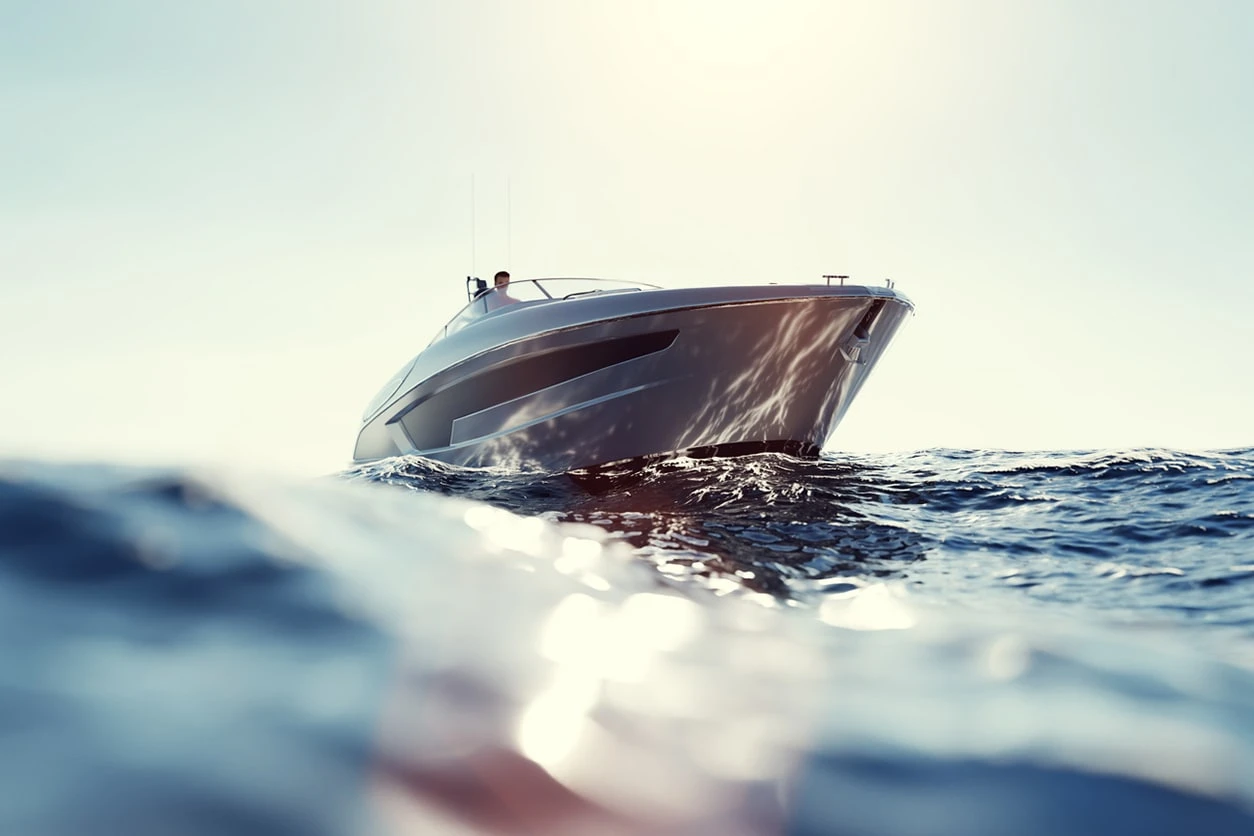
Request a Trailer Recommendation
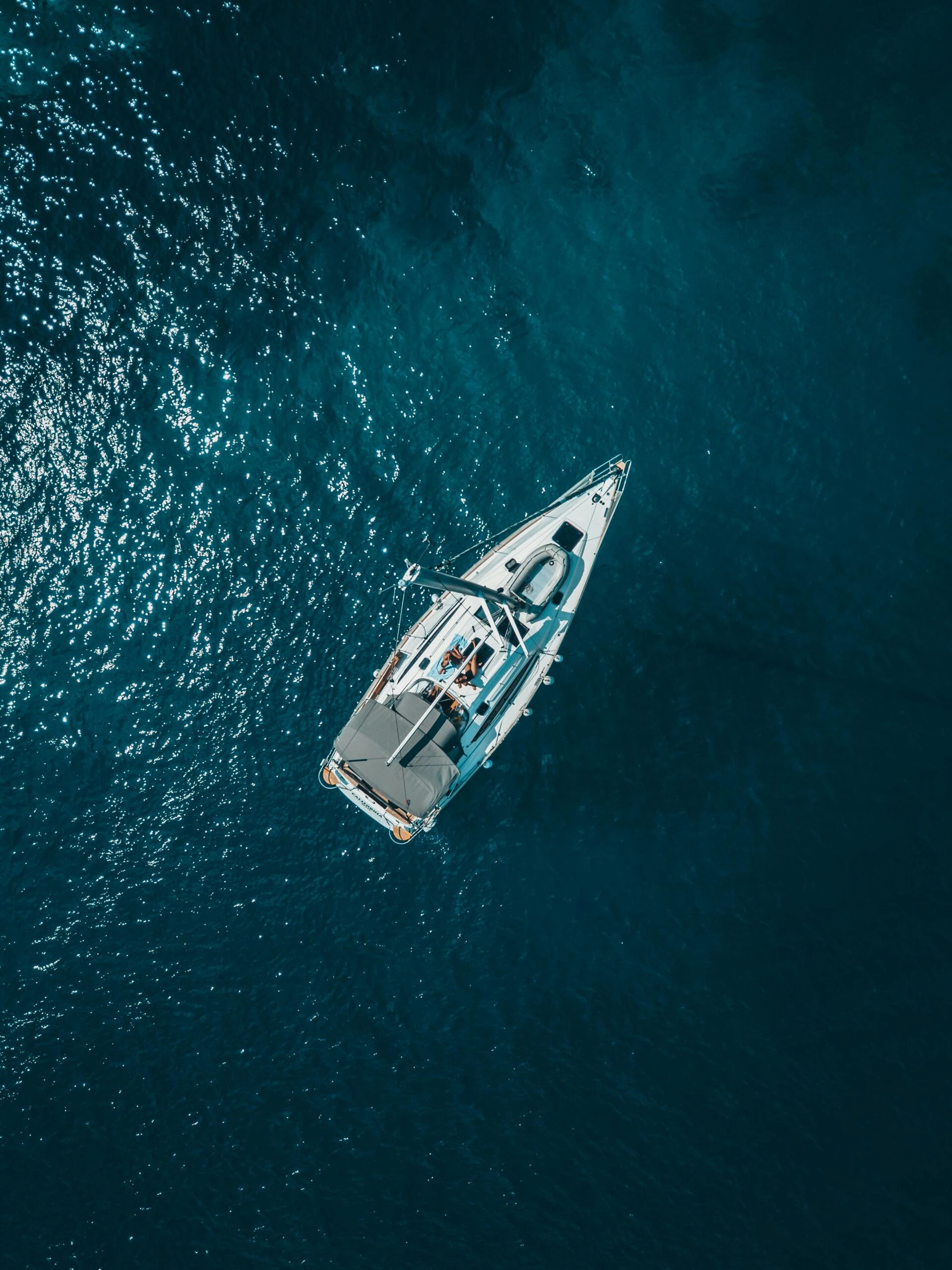
Bunk Trailers or Rollers Trailers
There are two types of boat trailers to consider when buying a boat trailer: bunk trailers or roller trailers. Both types have advantages and disadvantages
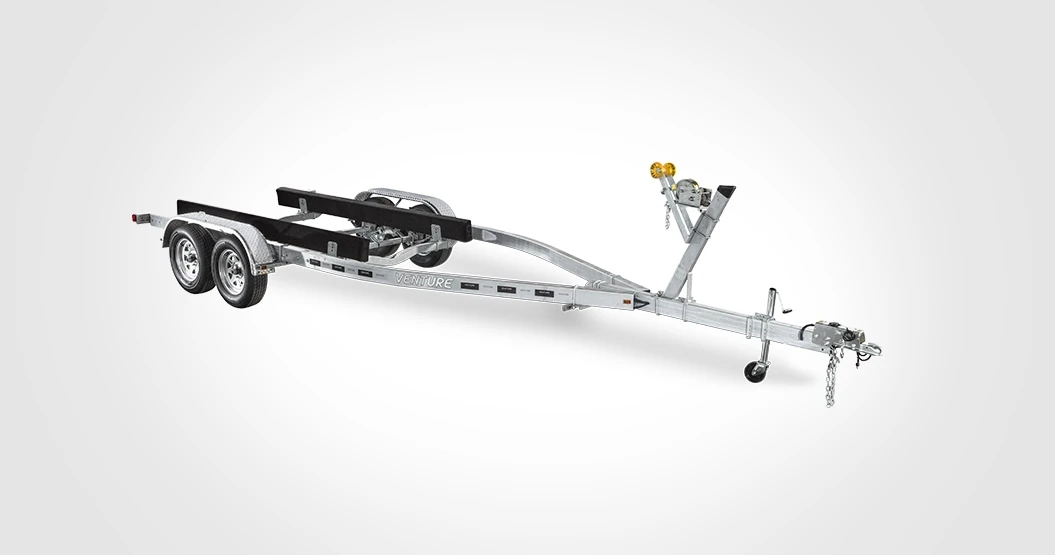
Bunk Trailers
Bunk trailers are more affordable than roller trailers due to the simplistic design that requires fewer working parts. Less working parts equal less maintenance and repair over the life of the trailer. Most bunk trailers allow for drive-on capability because the trailer must be relatively deep in the water to launch and retrieve your boat. They operate best in optimal ramp and tide conditions.
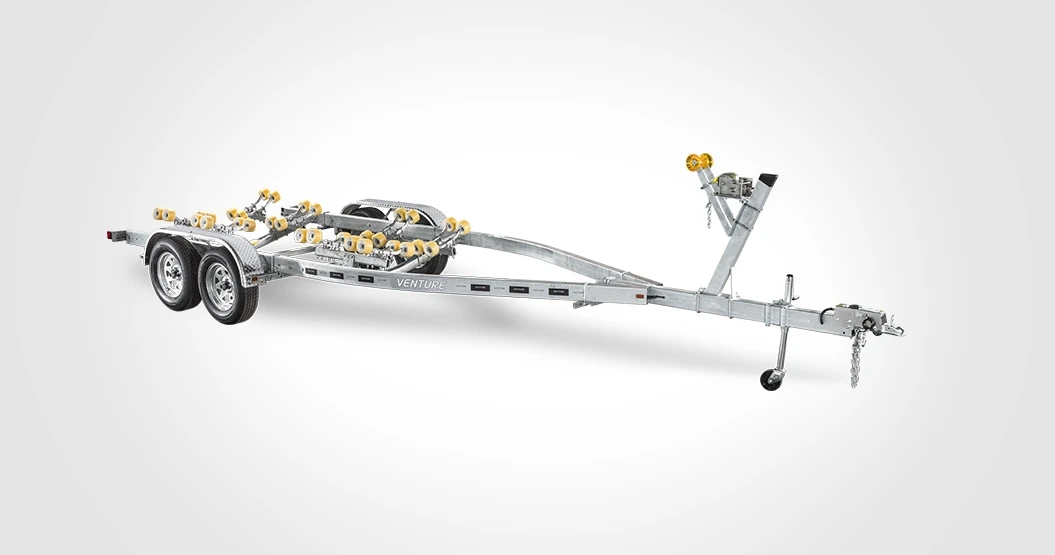
Roller Trailers
Roller trailers are the best option when you are launching and loading at shallow ramps or low tides. Because of the design, roller trailers do not need to be submerged in the water as deep as bunk trailers typically do. The running gear (brakes, hubs, springs, axles, etc.) is not exposed to the salt or fresh water as frequently which causes less damage long term.
Looking for a less expensive option? You can get a bunk trailer and invest in poly bunk sleeves for a quick and easy launch.
Storing boats on a trailer
When boats tend to sit for long periods of time, they can deform where the weight rests. Slight divots may appear in the hull over time. This can happen with both bunk and roller trailers but can happen more often with rollers. Bunk trailers provide great support for boat storage because the bunks spread the weight load over a larger area.
Aluminum or Galvanized Steel Frame
There are two types of boat trailers to consider when buying a boat trailer: bunk trailers or roller trailers. Both types have advantages and disadvantages
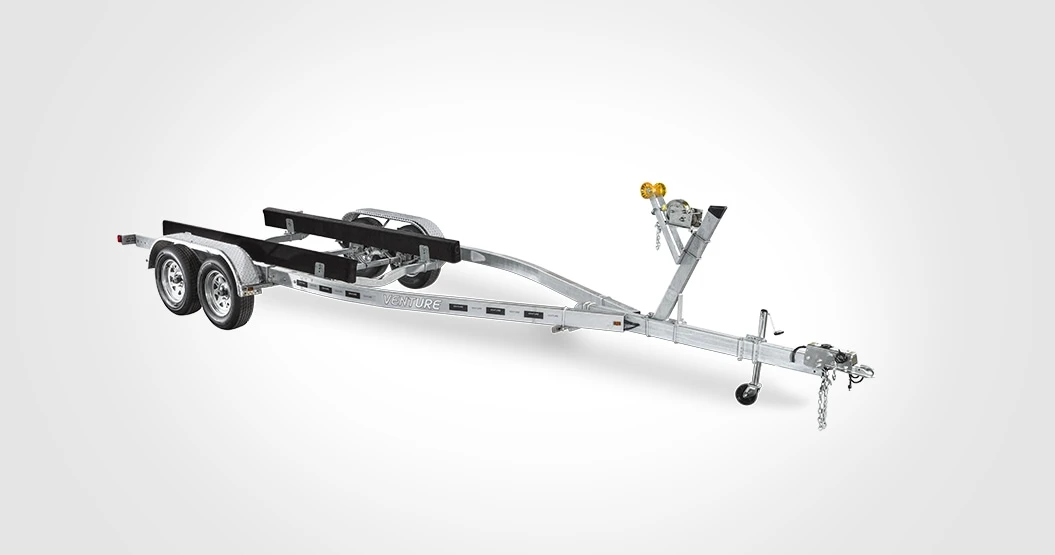
Galvanized Steel Trailers
Galvanized steel trailers protect light wiring and brake lines inside the tubing. However, while it is more resistant to corrosion than raw steel, galvanized steel is more prone to rust. Galvanized steel trailers do weigh more than aluminum which is important when looking at your tow vehicle capabilities and the weight of your boat and trailer package.
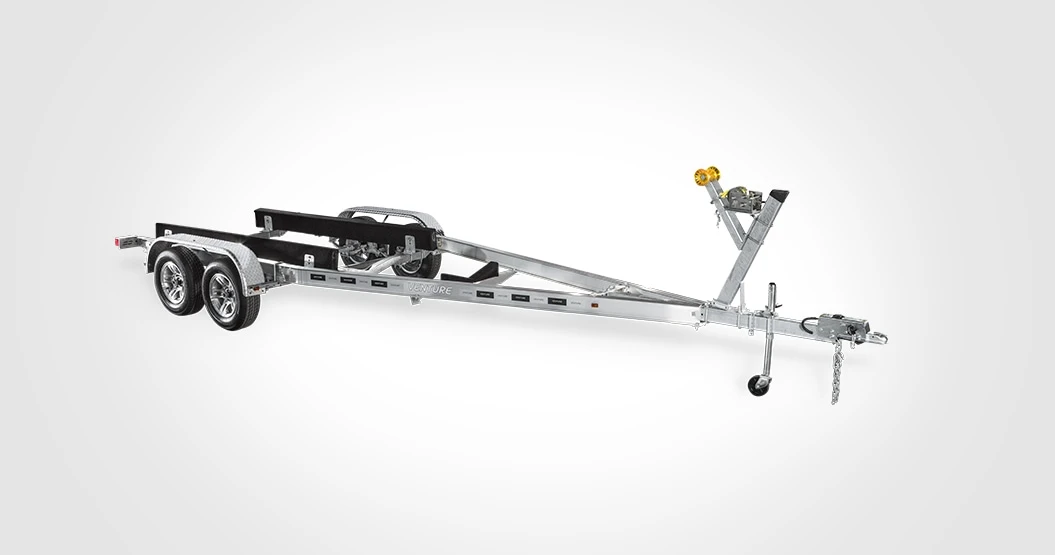
Aluminum Trailers
Aluminum trailers tend to get the popular vote in many geographical areas because they are lightweight, easier to maneuver and offer great corrosion resistance. Aluminum will corrode, but it will not rust. Aluminum trailers improve fuel economy because it will lighten the weight of your tow package versus steel. Aluminum trailers also get a high degree of aesthetic appeal.
Acid based hull cleaners will damage aluminum and galvanized steel frames. Be sure to cover your trailer before washing your boat with these cleaners.
Torsion or Spring Suspension
Both torsion and spring suspensions have a record of reliability. There are advantages and disadvantages to both, but it comes down to your preference because they both work great in their own way.
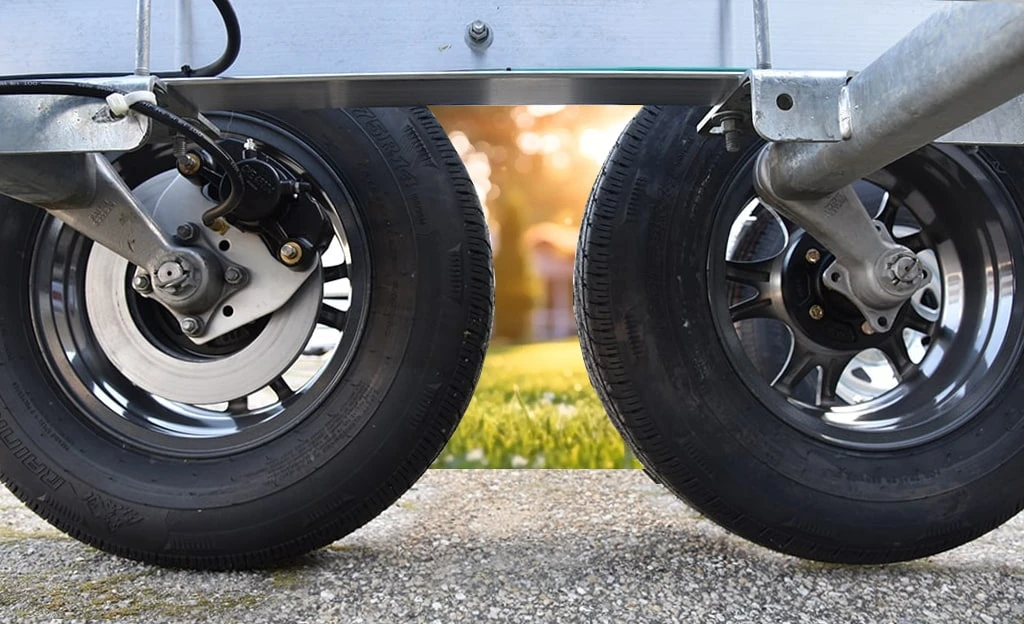
Torsion
Torsion axles are made up of thick rubber cords concealed in the axle’s tubing. As each wheel moves up and down, the rubber cords compress offering an even wheel suspension for a smooth ride. Each wheel acts independently, moving and absorbing shocks. Torsion axles are mounted directly to the frame which means fewer moving parts compared to spring suspensions, resulting in a smoother shock action. This stiffens the frame, reducing flex.
This system is also less likely to corrode because the axle tube is galvanized inside and out. There are no metal-to-metal action like springs, so bare metal isn’t exposed, preventing corrosion. There are fewer working parts in a torsion suspension, therefore less maintenance is required.
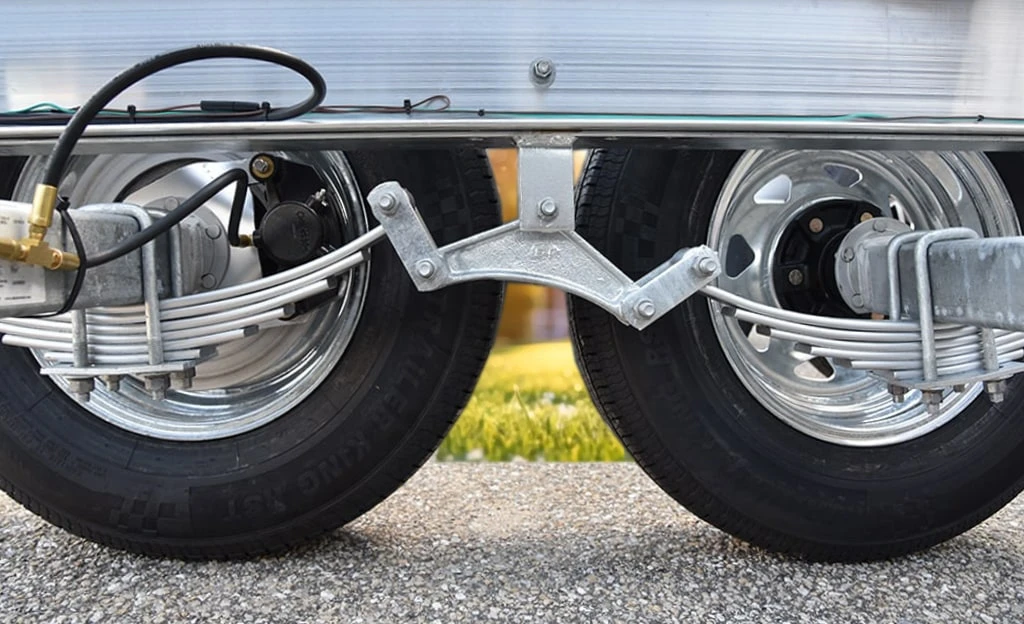
Spring
Leaf springs have been used for centuries and have proven to be solid performers. This is the most widely used suspension system due to its affordability. Spring suspensions are the most dependable for even tire wear and a steady ride, especially in multi-axle applications. Leaf springs better absorb the load from uneven ground or shock from a pothole. Each tire has its own set of springs. If you have to store your trailer on uneven ground, the independent wheel suspension means the trailer will hold up better over time. Spring suspensions are cheaper and easier to repair compared to torsion suspensions.
One con of springs is the metal-on-metal design can lead to faster wear, leading to more frequent repairs. Spring suspensions also tend to be a bouncy ride with an empty load or on uneven, rough roads.
Pontoon Boats
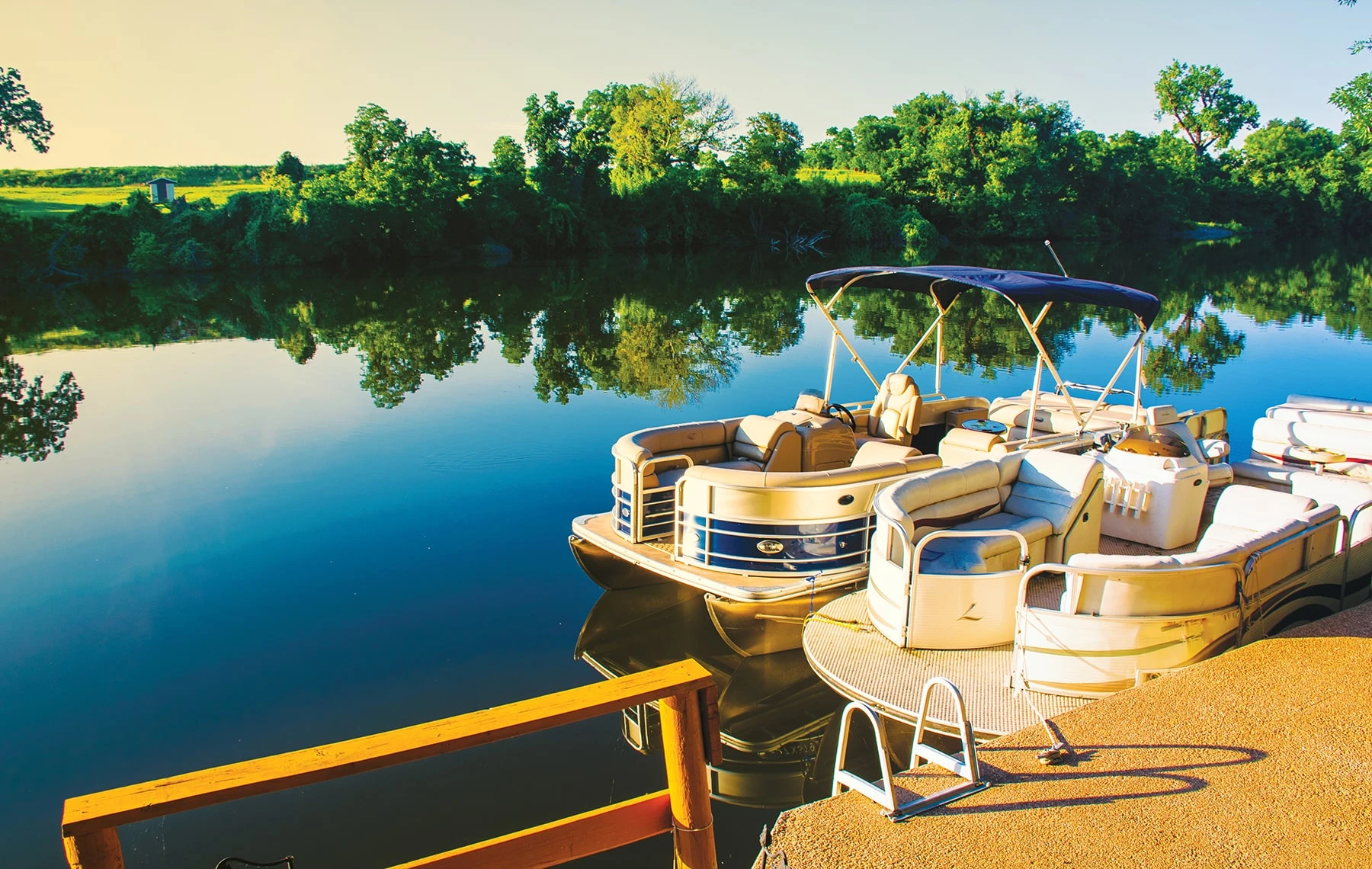
Brakes
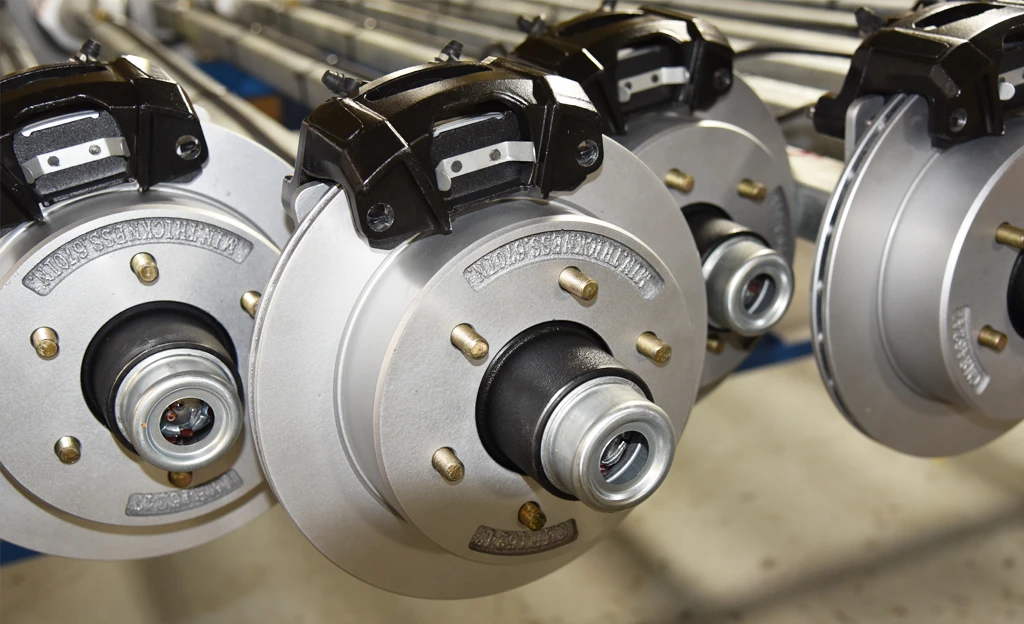
Tow Vehicle Capability
Check the owner’s manual and review the manufacturer’s guide to see if the vehicle you plan to buy can tow a trailer. After you have reviewed the vehicle capabilities, you also must investigate the capabilities of compatible hitch systems for the vehicle. This is especially important if you plan to purchase a hitch from a source other than the vehicle manufacturer.
View the Towing a Trailer HandbookTongue Jack
Tongue jacks are a piece of equipment that can make your trailering experience easier. A tongue jack raises and lowers your boat to allow you to hook and unhook boat trailer, as well as move your trailer around with ease. We have three types of tongue jacks. You can always upgrade your tongue jack to any of these styles if your trailer does not come with it.

Single Wheel Tongue Jack
Single wheel jacks typically have a capacity of 1200lbs or less with a capacity of 5700lbs and down.

Dual Wheel Tongue Jack
Dual wheel jacks make maneuverability easy with larger boat and trailer packages.

Foot Jack
Foot jacks have a foot versus a wheel on the bottom. Their purpose is to extend up and down.
Tires
Tires on boat trailers have to be ST tires which stands for Special Tire. ST tires are designed specifically for trailers. They are built to carry heavy loads on non-powered axles. All Venture Trailers, with the exception of some of our smaller capacity models, come with balanced radial ST tires. Radial tires have more flex, therefore, allowing more ground contact. The end result is better traction and tread wear. We use Counteract Balancing Beads in our tires to increase your tire life, reduce vibrations and improve fuel economy.
Never substitute light truck (LT) or passenger (P) tires for trailer tires.